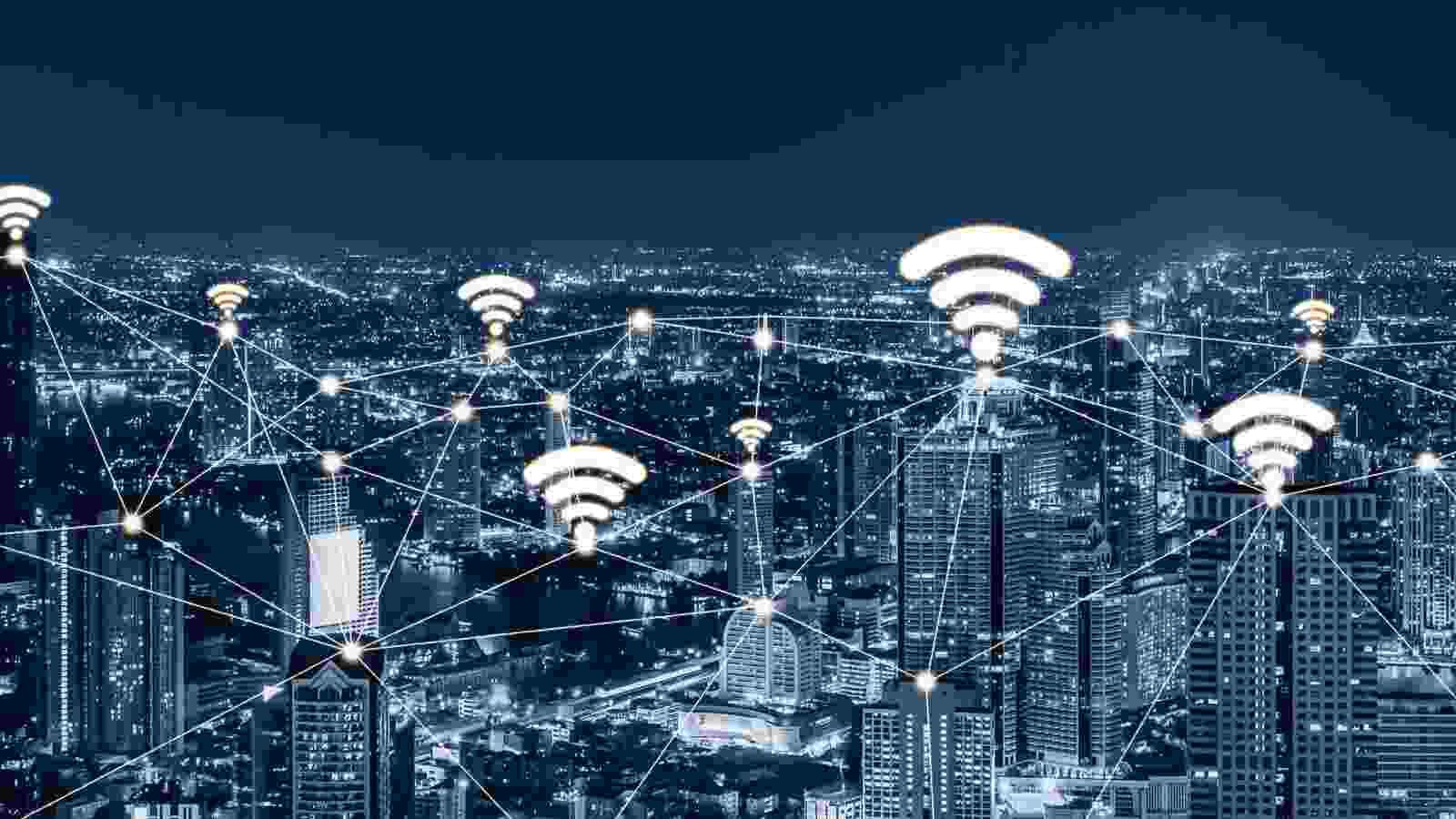The future of wireless communication is undergoing a radical transformation as next-generation technologies push the boundaries of speed, capacity, and connectivity. At the core of this evolution are Millimeter-Wave, Sub-Terahertz, and Terahertz frequencies, which are emerging as critical enablers of 6G and beyond. As the demand for ultra-high-speed data transfer, seamless device-to-device communication, and intelligent connectivity continues to grow, these frequency bands promise to redefine how we experience digital interactions. From autonomous systems to holographic communication and massive IoT networks, these advanced spectrum ranges are unlocking capabilities previously thought impossible.
Introduction to Next-Generation Wireless Technologies
As 5G networks continue to expand, industries are already preparing for the next frontier in wireless innovation. The integration of Millimeter-Wave, Sub-Terahertz, and Terahertz bands into mainstream communication infrastructure is paving the way for unprecedented advancements. These high-frequency ranges enable data transmission speeds measured in terabits per second, supporting transformative applications like immersive AR and VR, autonomous mobility, and intelligent city ecosystems.
The Importance of Millimeter-Wave Frequencies
Millimeter-wave frequencies occupy the 30 GHz to 300 GHz range and are already an essential part of advanced 5G deployments. Their ability to deliver extremely high data rates and low latency makes them ideal for applications requiring rapid, reliable connectivity. However, due to their limited propagation distance and susceptibility to obstacles, network densification through small cells and advanced beamforming techniques is vital.
Exploring Sub-Terahertz Spectrum and Its Potential
Sub-terahertz frequencies, typically ranging from 100 GHz to 1 THz, represent the bridge between millimeter-wave and true terahertz communication. They offer an attractive balance between bandwidth availability and propagation feasibility. This makes them particularly promising for supporting high-capacity wireless backhaul, ultra-reliable low-latency communication, and next-generation IoT applications where scalability is critical.
The Promise of Terahertz for Ultra-High-Speed Connectivity
Terahertz frequencies, extending from 0.3 THz to 10 THz, are poised to revolutionize wireless networks. These bands can enable data transmission speeds hundreds of times faster than current 5G capabilities, powering futuristic applications like real-time holographic communication and large-scale digital twin simulations. Despite challenges in hardware development and signal absorption, ongoing research aims to make terahertz connectivity commercially viable within the 6G rollout timeline.
How These Technologies Will Shape the 6G Era
The combination of Millimeter-Wave, Sub-Terahertz, and Terahertz technologies will be foundational to 6G architecture. Together, they will provide unprecedented network capacity, ultra-low latency, and hyper-reliable connectivity for emerging use cases such as autonomous vehicles, intelligent factories, and fully connected smart cities. This evolution will bridge the gap between human-centric and machine-centric communications, driving seamless integration of advanced technologies into daily life.
Overcoming Technical Challenges in Spectrum Utilization
Despite their immense potential, these high-frequency bands face several challenges, including limited propagation distances, atmospheric absorption, and high deployment costs. Researchers are leveraging AI-powered beamforming, reconfigurable intelligent surfaces, and advanced materials to enhance coverage and reliability. These innovations are expected to make large-scale deployment of high-frequency networks feasible.
Use Cases Across Autonomous Systems, IoT, and AI
From ultra-fast industrial automation to immersive virtual reality experiences, these spectrum ranges will enable groundbreaking applications. Sub-terahertz and terahertz bands will support massive IoT deployments, while millimeter-wave networks will enhance real-time communication between autonomous systems. AI-driven optimizations will further maximize efficiency and performance across all layers of connectivity.
The Role of Edge Computing and AI in Enhancing Performance
Integrating AI and edge computing with high-frequency wireless networks will help overcome latency bottlenecks and optimize bandwidth usage. AI-enabled resource allocation, predictive analytics, and network self-healing will be instrumental in realizing the full potential of these advanced technologies.
The Road Ahead for Global Wireless Infrastructure
The transition to 6G and beyond demands global collaboration on spectrum allocation, standards development, and infrastructure deployment. Governments, telecom providers, and technology innovators are working together to ensure seamless integration of these next-generation frequency bands into worldwide networks.
For More Info https://bi-journal.com/mmwave-subterahertz-terahertz-future-of-6g/
Conclusion
The integration of Millimeter-Wave, Sub-Terahertz, and Terahertz frequencies is set to redefine the future of wireless communication. As industries prepare for 6G and beyond, these technologies will enable revolutionary applications, transform business models, and accelerate global digitalization. Overcoming technical challenges today will unlock limitless possibilities tomorrow, making hyperconnected societies a reality.

